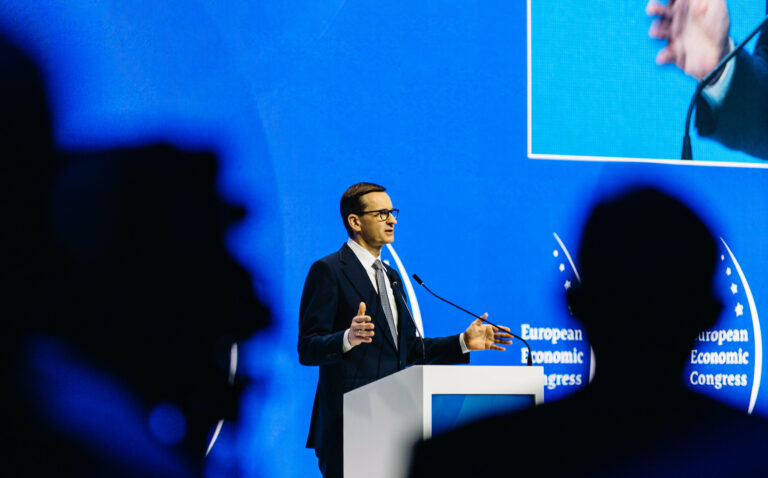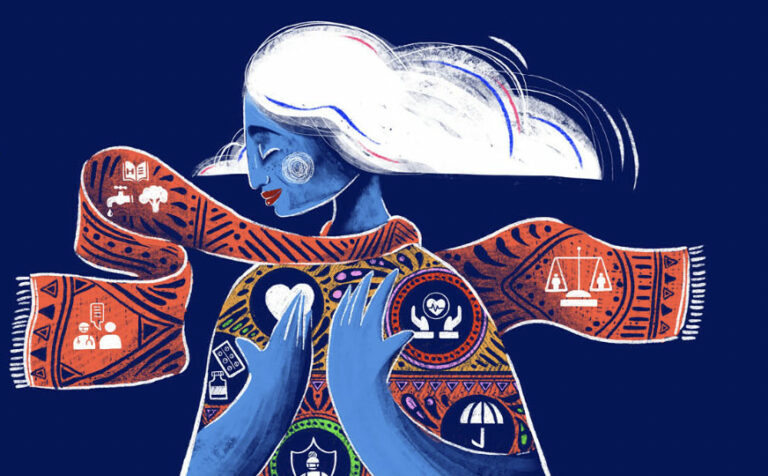
Oil pollution in Ukraine, a stark reminder of the environmental cost of war, casts a shadow on World Water Day
Author: Ukrainian YEA Anastasiia Shashkova
How can we talk about World Water Day when environmental tragedies are taking place in the heart of Europe? One of them happened on 9 February, when more than 3,000 tons of oil spilled into the Nemyshlia River in the Kharkiv Region, as a result of another Russian attack on Ukraine. Today on World Water Day, 22 March, I would like to highlight how Ukrainians are feeling the consequences of war and how the environment and water bodies in particular are suffering from it.
Water is vital for humans, animals, and plants. But currently, there is a war against Ukraine and everything suffers from it, and water is no exception. For example, the whole world knows about the disaster on the Kakhovka Dam. It was damaged in the early hours of 6 June 2023, causing extensive flooding along the lower part of Dnipro river, in Kherson Oblast of Ukraine. Many experts have concluded that Russian forces likely blew up a segment of the dam to hinder the planned Ukrainian counter-offensive. Russian authorities have denied the accusation. People left their homes and whole towns went under water. And such incidents continue to happen today.
What happened?
For more than two years, Ukraine has suffered from air raids and massive shellings every day, and with each day, the Russian war causes more and more harsh environmental disasters. One of them, already mentioned above, occurred recently on 9 February, 2024, in the Kharkiv region. As a result of another attack, more than 3,000 tons of oil spilled into the Nemyshlia River, which later also entered the Udy and Lopan rivers. Three days after the attack on the oil depot in the Nemyshlyansky district and the resulting oil leak, the Specialists of the State Ecological Inspectorate in Kharkiv Region organised daily water monitoring. Even the thinnest layer of oil limits the excess of oxygen in the water and causes suffocation in fish and all marine organisms. One drop of oil is enough to pollute a million drops of clean water. What do you think happens when we’re talking about 3,000 tons of this stuff in an entire river?
The highest level of concentration of petroleum products in Udy was recorded in the first week after the Russian attack, with an excess of 57 times normal levels. But already in the second week, the indicators returned to normal. Nemyshlya and Udy rivers flow into Siverskyi Donets, the largest river in the Eastern part of Ukraine, and the latter provides drinking water to the residents of the Donetsk region. The highest concentration of petroleum products in Siverskyi Donetsk was found a week after the attack.
Where else?
However, it is not the only such situation in Europe. Oil is a very dangerous substance and people need to be more careful with it.
A year ago, a similar accident was declared due to a leak at a pipeline operated by gas company Perenco, under Owers Bay, in Poole harbour, in southern England. Members of the public were urged not to swim at the harbour or nearby until further notice but this was not the biggest problem. Poole is the largest natural harbour in Europe and a site of special scientific interest, which is home to a range of wading birds. All those poor animals were in danger.
The company said a small amount of reservoir fluid – made up of 85% water and 15% oil – escaped from the pipeline. The leak came from Wytch Farm, an oil field and processing facility that produces about 14,000 barrels of oil equivalent per day. Сompanies specialising in the elimination of oil spills were mobilised, and a sea cleanup operation was mobilised . So this kind of situation is not only about Ukraine. This is a problem for the whole world.
How can we help?
We have to do everything to prevent the oil from leaking further. As ordinary people, all we can do is to speak about such accidents. The world should know about the harmful consequences of war and the pernicious effects of oil. Celebrating World Water Day, we must remember such situations and make every effort to solve them.
Europe has significant capacities to help Ukraine tackle this problem. For example, by providing technical and financial assistance for the development and implementation of effective technologies for the elimination of oil spills and also involving experts in ecology and oil spills who can advise and assist in determining optimal strategies to clean up pollution and restore the ecosystem, European countries can contribute to the establishment and implementation of high environmental standards that will reduce the risks of leaks and improve the state of the environment. As for the assistance that the EU has already provided, it is worth mentioning the agreement to join the international environmental program LIFE, which has a budget of €5.43 billion for environmental protection projects for 2021-2027. The Minister of Environmental Protection of Ukraine Ruslan Strilets says that the signing of such an agreement is a huge opportunity not only to restore the environment after Russia’s armed aggression, but also to restore wildlife in Ukraine. It is also a sign of great confidence in Ukraine.
Interaction with Europe is very important to us because only with its help can we eliminate this problem and never let it happen again. Today is World Water Day. Let’s celebrate it with clear water and peace.
LATEST

How you can help the planet every day

Building Europe: Poland’s experience of joining the European Union and lessons for Ukraine

World Health Day 2024: My Health, My Right

EUREKA MEETS EUROPE – opportunities to develop and study. My experience

Can you wear pink in the workplace?
More campaign pages:
Interested in the latest news and opportunities?
This website is managed by the EU-funded Regional Communication Programme for the Eastern Neighbourhood ('EU NEIGHBOURS east’), which complements and supports the communication of the Delegations of the European Union in the Eastern partner countries, and works under the guidance of the European Commission’s Directorate-General for Neighbourhood Policy and Enlargement Negotiations, and the European External Action Service. EU NEIGHBOURS east is implemented by a GOPA PACE-led consortium. It is part of the larger Neighbourhood Communication Programme (2020-2024) for the EU's Eastern and Southern Neighbourhood, which also includes 'EU NEIGHBOURS south’ project that runs the EU Neighbours portal.

The information on this site is subject to a Disclaimer and Protection of personal data. © European Union,